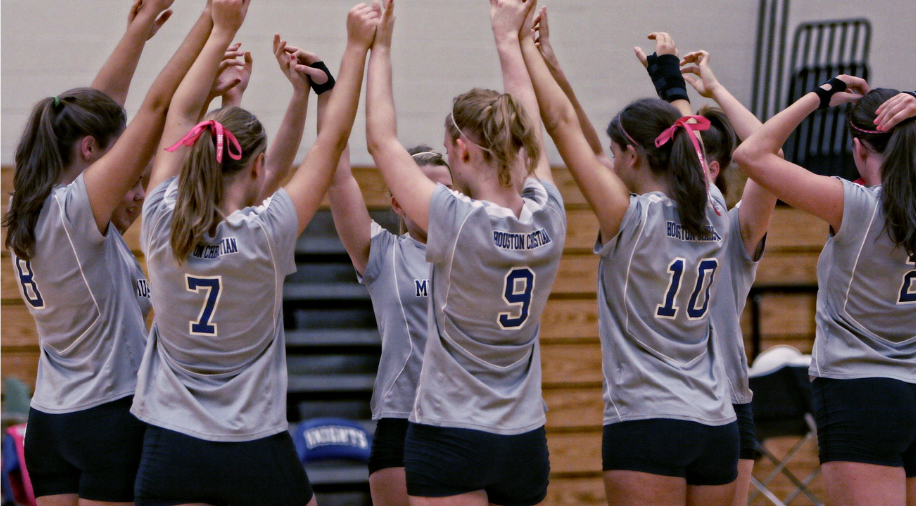Adolescent – A High-Risk Period for Injury
Adolescence is generally a very active time of life, children are often involved in numerous sporting and recreational activities. As children begin to develop into adults, it is no secret that the body can be prone to injury.
It is important to note that the nature of injuries to adolescents is often different from adults, and hence, must be treated differently. Common sites of pain and dysfunction include:
- Heel pain (Sever’s disease)
- Knee pain (Patello-femoral pain/knee cap pain)
- Shoulder pain or instability
- Posture-related pain and symptoms
Heel Pain – Sever’s disease
Sever’s disease is a common condition in youths in which the Achilles tendon pulls on the growth plate that is located in the heel. It is common in children who participate in sports with lots of jumping and running. Adolescents may report an increasing pain in their heel that may progressively worsen with activity.
The condition often coincides with a growth spurt in which bones; muscles and tendons are growing, but not always in sync. The change in structure and an increase in load is often the cause of the condition.
Sever’s disease can be successfully managed with physiotherapy, including footwear modification, exercise, taping and manual therapy. Activity modification may be necessary depending on the individual’s load.
Knee Pain – Patello-Femoral Joint Pain (PFJP)
Knee pain is frequently reported amongst growing children. Most commonly, patellofemoral pain syndrome, or knee cap pain. Adolescents may present with pain that worsens with activity, sitting for a prolonged period of time, and using stairs.
The growing body will often present with an imbalance in musculature and a lack of control through the hips and pelvis.
PFJ pain is often a combination of tight and overactive lateral quadriceps, and weak and underactive gluteal, inside quadriceps and calf muscles.
- This imbalance/lack of control leads to your patella (knee cap) not tracking straight up and down, and rather may move to the outer side of the knee, irritating the joint surface or surrounding structures.
PFJP can be treated with a combination of manual therapy, home-based strengthening and stretching program, and occasionally taping.
Shoulder Pain / Instability
There are a number of sports and activities that can increase the risk of shoulder pain and instability in adolescents. The risk of shoulder injury is increased for those who participate in throwing sports, contact sports, swimming and sports involving complex upper body supporting manoeuvres (gymnastics, aerobics).
Dislocation of the shoulder is common in the adolescent population, however uncommon in the younger child. Falling onto an outstretched arm, or a blow to an arm that is reaching upwards and backwards can cause a shoulder dislocation. Management of this requires comprehensive discussion with both your physiotherapist and an orthopaedic specialist.
Adolescents may suffer from shoulder pain from impingement, a common shoulder issue in adults. Impingement often arises from repetitive movements of the shoulder that may not be controlled by weak muscles around the shoulder and can cause damage to the shoulder joint. This can occur in throwing sports, and in swimmers.
Shoulder pain and instability is most successfully managed by a home or gym-based exercise program supervised by your physiotherapist, focusing on strengthening the muscles of the shoulder blade and shoulder to provide as much muscular support as possible.
Posture Related Pain
In adolescents, pain and dysfunction from posture are a frequent presence in the clinic. Children spend a great deal of time sitting, either in front of the computer or desk, at home or at school. It is common for them to present with pain or discomfort in their neck or back as a result of these positions.
Posture-related pain might present as diffuse or aching pain through the neck shoulders or mid back. Adolescents will often report these symptoms after spending prolonged periods studying or using the computer or device.
Treatment involves initially addressing these sustained positions and making practical adjustments – using a desk instead of a table, adjusting chair or moving mouse/keyboard.
Physiotherapy may involve manual therapy to treat symptoms, as well as an exercise and stretching program. Quite often structures of the chest may feel or appear overactive, and structures of the back may be underactive. An exercise and strengthening program can address this issue, in combination with necessary activity modification.

